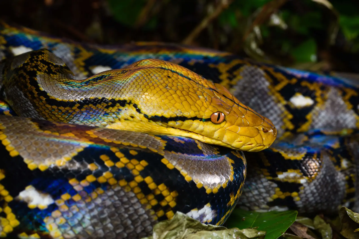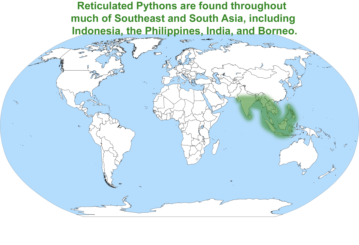Reticulated Python
Reptilarium Animals
Reticulated Python
Conservation status (Least Concern)
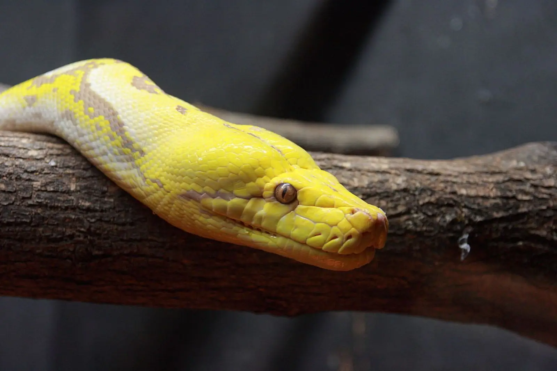

The Reticulated python (Malayopython reticulatus) is a non-venomous snake native to South and Southeast Asia. It is the world's longest snake and is among the three heaviest snakes. In several countries in its range, it is hunted for its skin, for use in traditional medicine, and for sale as pets. It is an excellent swimmer, has been reported far out at sea, and has colonised many small islands within its range.
The colour pattern of these snakes is a complex geometric pattern that incorporates different colours. The back typically has a series of irregular diamond shapes flanked by smaller markings with light centres. In this species' wide geographic range, many variations of size, colour, and markings commonly occur which form excellent camouflage and allow these snakes to fit into their surroundings. The most common colours include olive green, black, white, tan, yellow, gold, and brown.
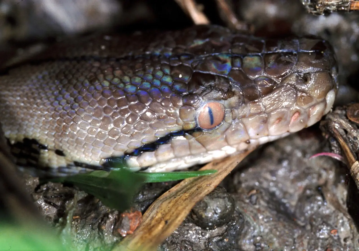
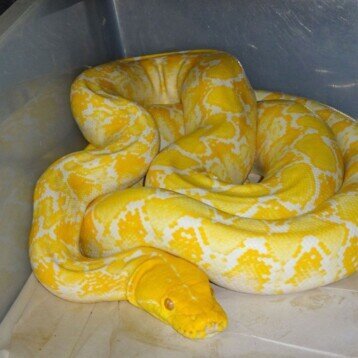
Reticulated pythons are found in South and Southeast Asia from the Nicobar Islands, India, Bangladesh, Burma, Thailand, Laos, Cambodia, Vietnam, Malaysia, and Singapore, east through Indonesia and the Indo-Australian Archipelago (Sumatra, the Mentawai Islands, the Natuna Islands, Borneo, Sulawesi, Java, Lombok, Sumbawa, Sumba, Flores, Timor, Maluku, Tanimbar Islands) and the Philippines (Basilan, Bohol, Cebu, Leyte, Luzon, Mindanao, Mindoro, Negros, Palawan, Panay, Polillo, Samar, Tawi-Tawi). They live in tropical rain-forests, woodlands, and nearby grasslands. They are also associated with rivers and are found in areas with nearby streams and lakes. Reticulated pythons are excellent swimmers and have even been reported far out at sea and have consequently colonised many small islands within their range. In some parts of their range, these pythons can also be found in cultivated and urban areas.
Reticulated pythons are carnivores. Their natural diet includes mammals and occasionally birds. Small pythons eat mainly rodents such as rats, whereas larger individuals switch to prey such as small Indian civets and binturong, primates, and pigs.
